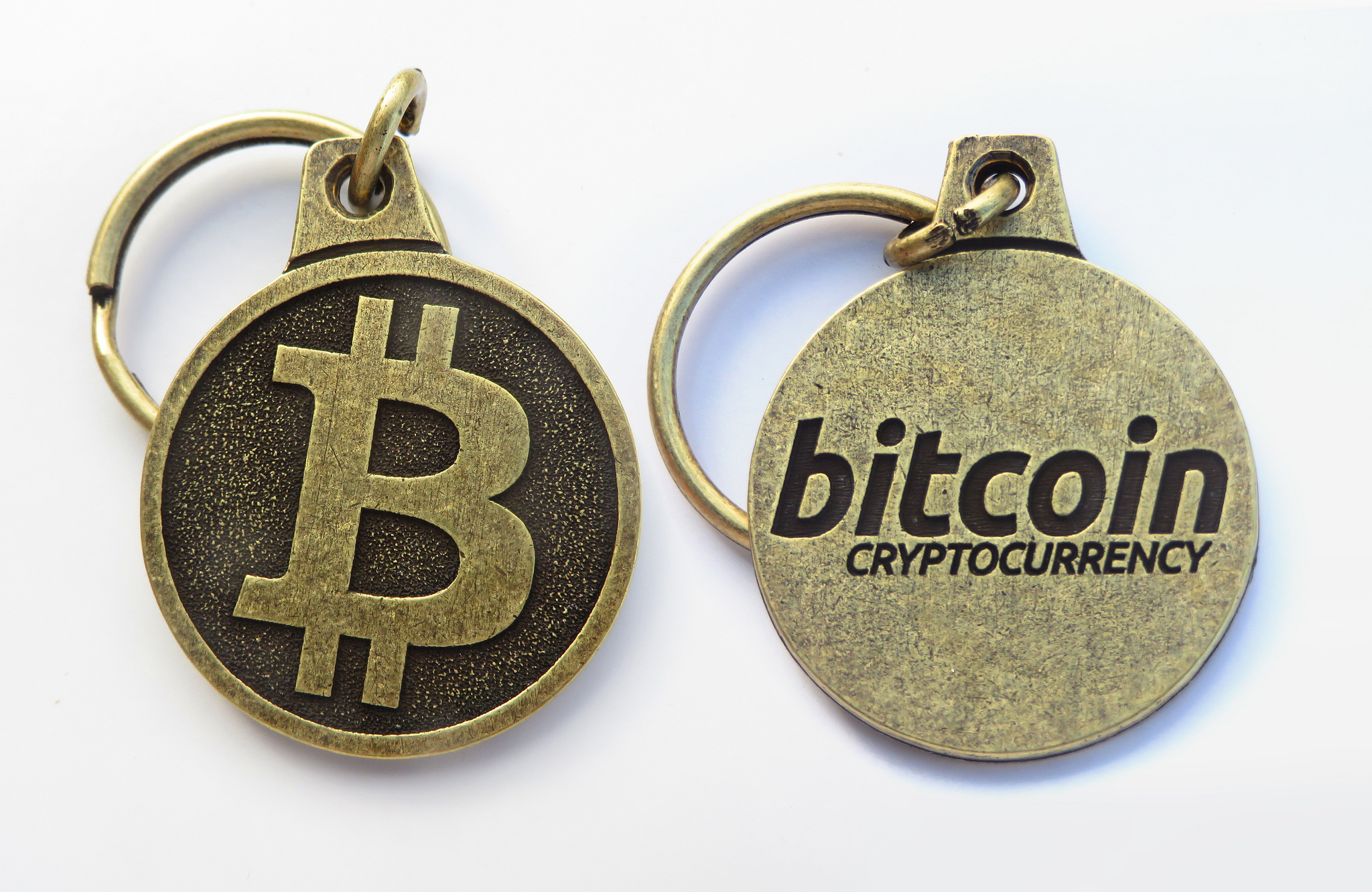It might have taken a while but cryptocurrency, after a decade of its introduction, has regular coverage in USA Today. Cynics and would-be visionaries continue to chime about these currencies while over-30s across the world do their best to calculate if an exchange/sale could lead to that bathroom renovation or boat upgrade.
This article is not about how best to *rush* at cryptocurrency. Rather it seeks to examine reasons why anyone would rush at all. Many exchanging crypto hope to scrape together enough for consumables. Some, though, view these new currencies as long-term investments.
Understanding why some smart people think cryto is viable requires assessing three things: the status quo, merit, and demand. More significant, such investors are thinking about equivalencies rather than differences. The truth is that cryptocurrencies, as a concept, are far more similar to nation-state fiat currencies than many people would ever care to acknowledge.
(Status Quo) State Holdings, Output, and Stability + Reification = Traditional Fiat Currency
Many people believe value involves some combination of scarcity and demand. What they typically don’t consider, though, is what happens when a mode of exchange is no longer pegged to something tangible -gold or silver, for instance. This is exactly what has happened, though, with most nation-state’s currencies. Now people must conceptualize such currencies as unit metrics of a nation’s present value: wheat matters as much, if not more, than gold in the current system.
Consensus has always been intrinsic to establishing value. With the assertion that treasury notes needn’t be backed by actual bullion, or cow manure for that matter, alternative currencies have more wiggle room. In fact, all they need is enough people with enough value to include said currency in their portfolio. That unto itself is crude “fiat,” or establishing value through mutual consensus. This is exactly what legitimizes the dollar. The only true difference between newfangled cryptocurrencies and old school state-backed currencies is that large organs of production, trade, and regulation use the latter. Why? Stability and, as a result, actualization.
(Merit) Traditional Fiat Currency + Reification = Cryptocurrency
Rhetoric be what it may, the U.S. is a big, stable nation-state whose policies, like all nation-states, has always pursued its interests. How it, as an organ, defines its interests, its goals for those interests, and the way it goes about upholding or expanding them, while considering opportunity cost, is where the polemics start.
Currency, though, is apolitical. People affirm its place by mere use alone. Sure, there might be appeals or iconography on it to differentiate from other currencies, or units within said currency, but, all in all, it is merely a system that simplifies, and standardizes, exchange. Count on the nation-state’s fiat currency as the base equivocator of value no matter if a corporate merger or a simple purchase from McDonald’s. Pricing, language, and media all are secondary affirmations. Fiat currency, before all else, is a frame of reference…even for other currencies. Therein lies the crux for why cryptocurrencies, in fact, will always either be dependent on fiat currencies or *become* fiat currencies unto themselves.
In Other Words?
Cryptocurrency is the same ol’ thing with a different name and one integral difference: indirect backing from state treasuries rather than, like fiat currencies, direct backing from treasuries. Keep reading that last sentence until it sticks. Part two will examine actual, long-term incentives (demand) for why some people are intent on propping up these new units of exchange.
Image courtesy of BTC Keychain



